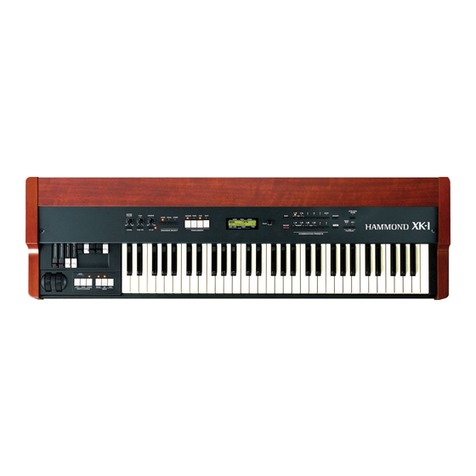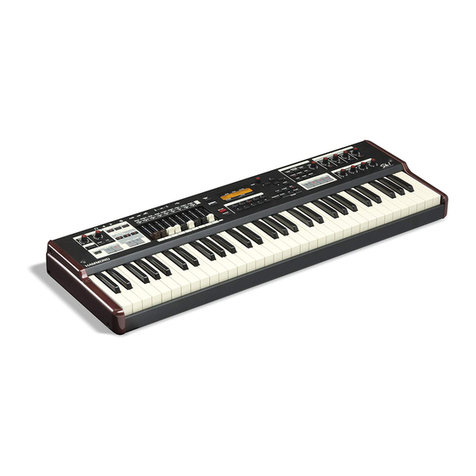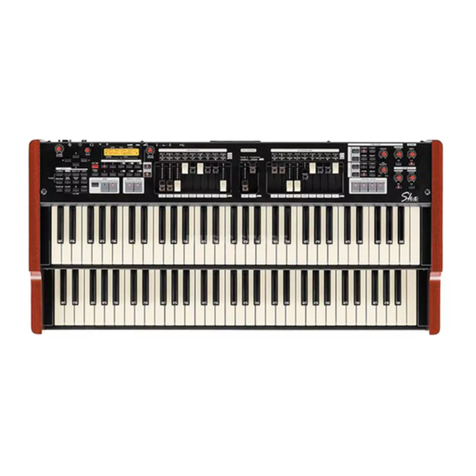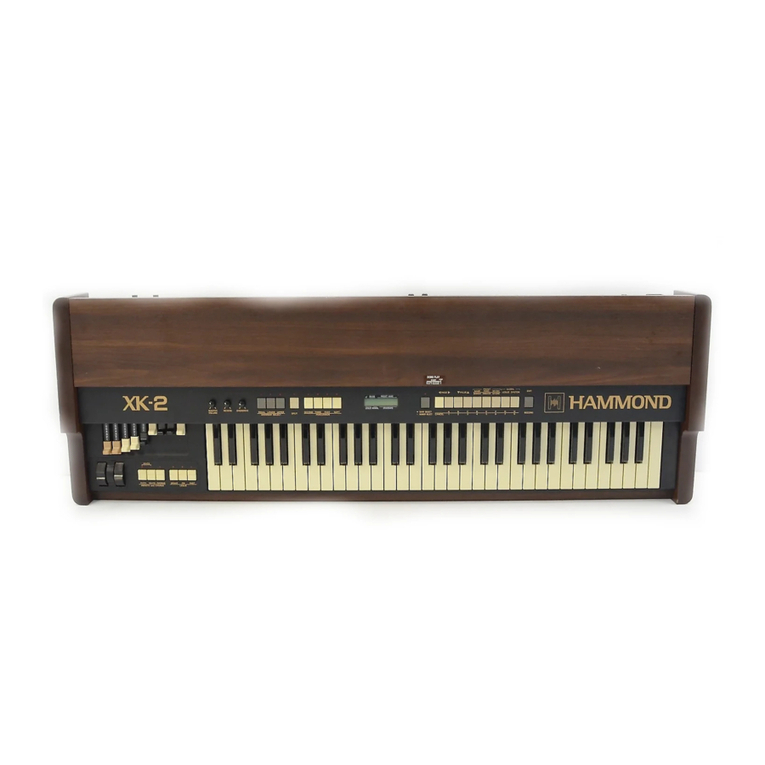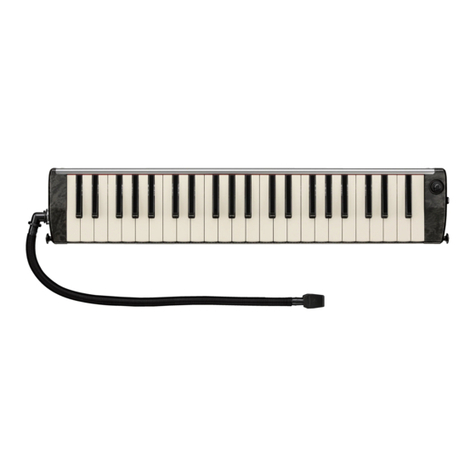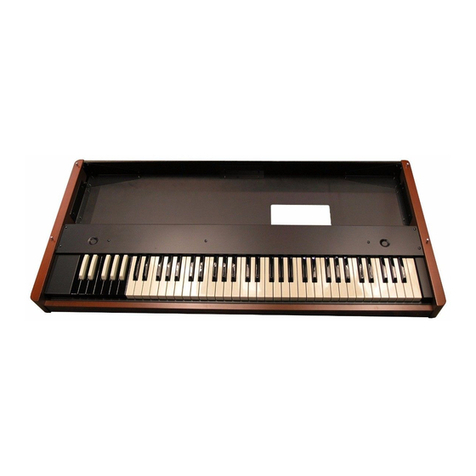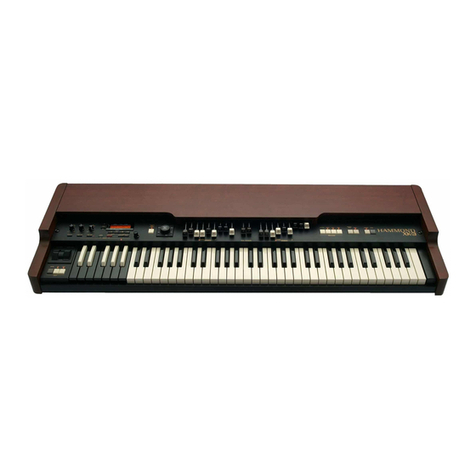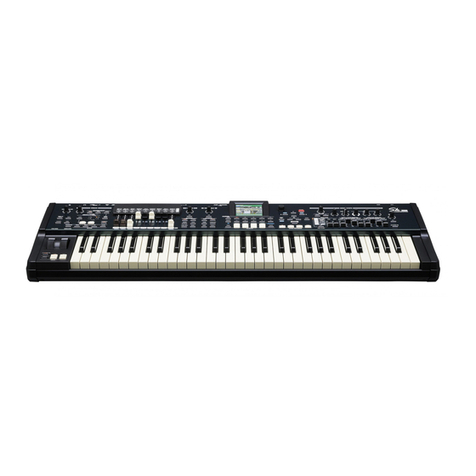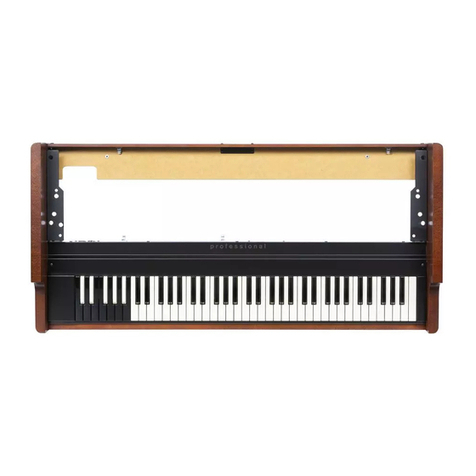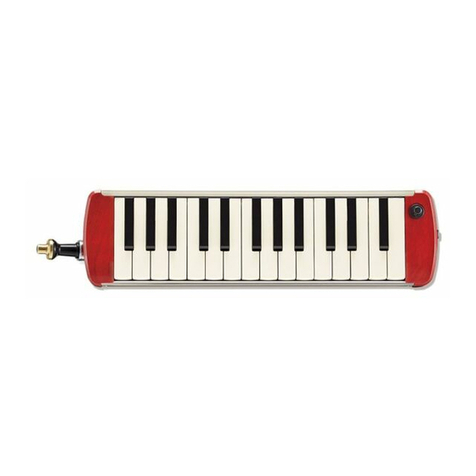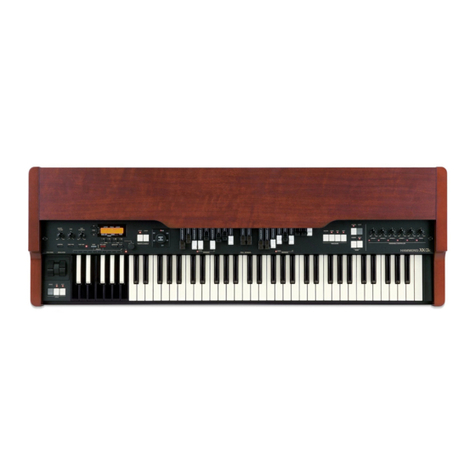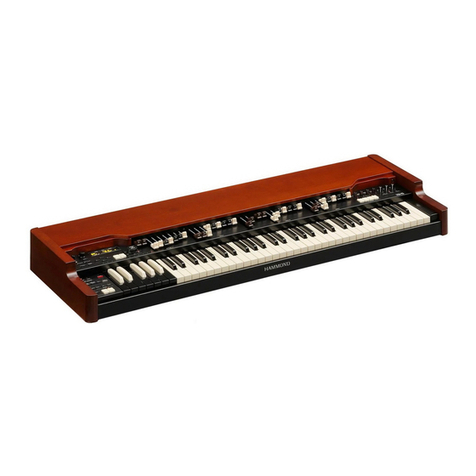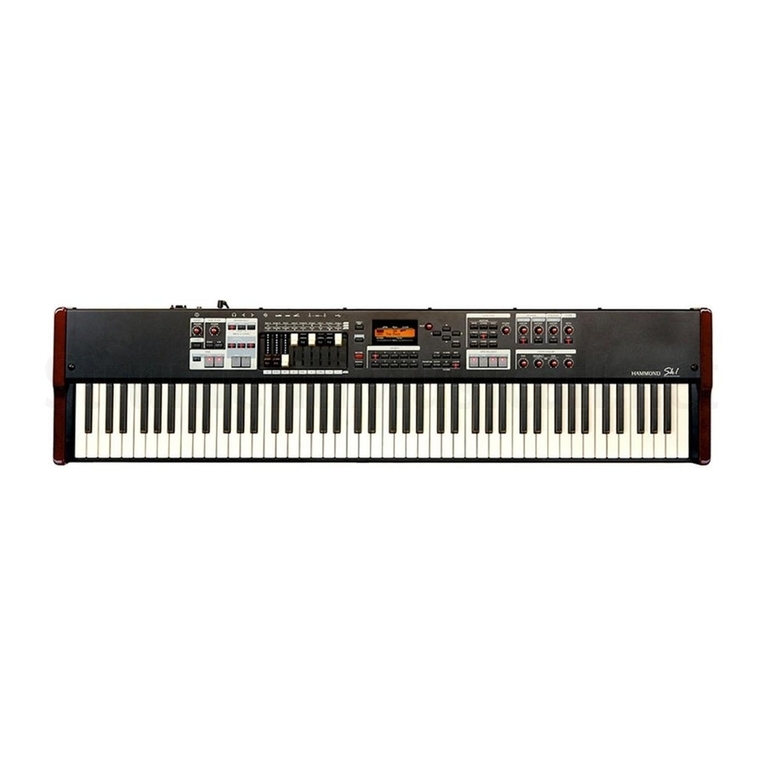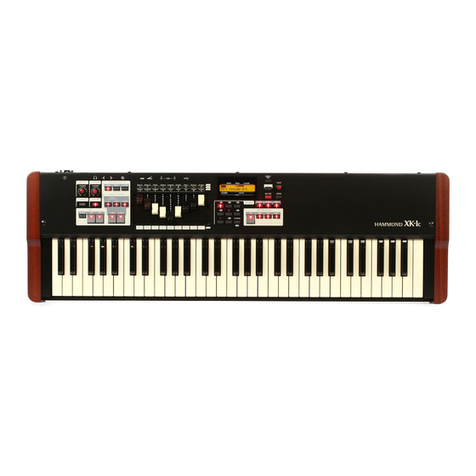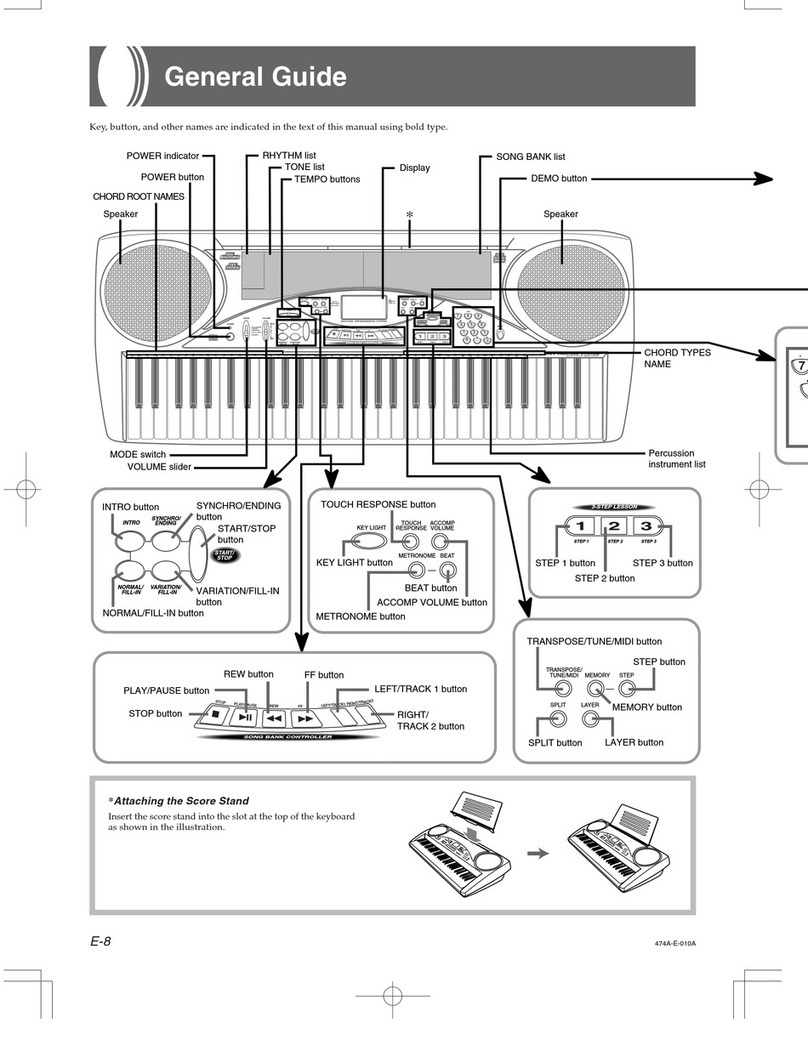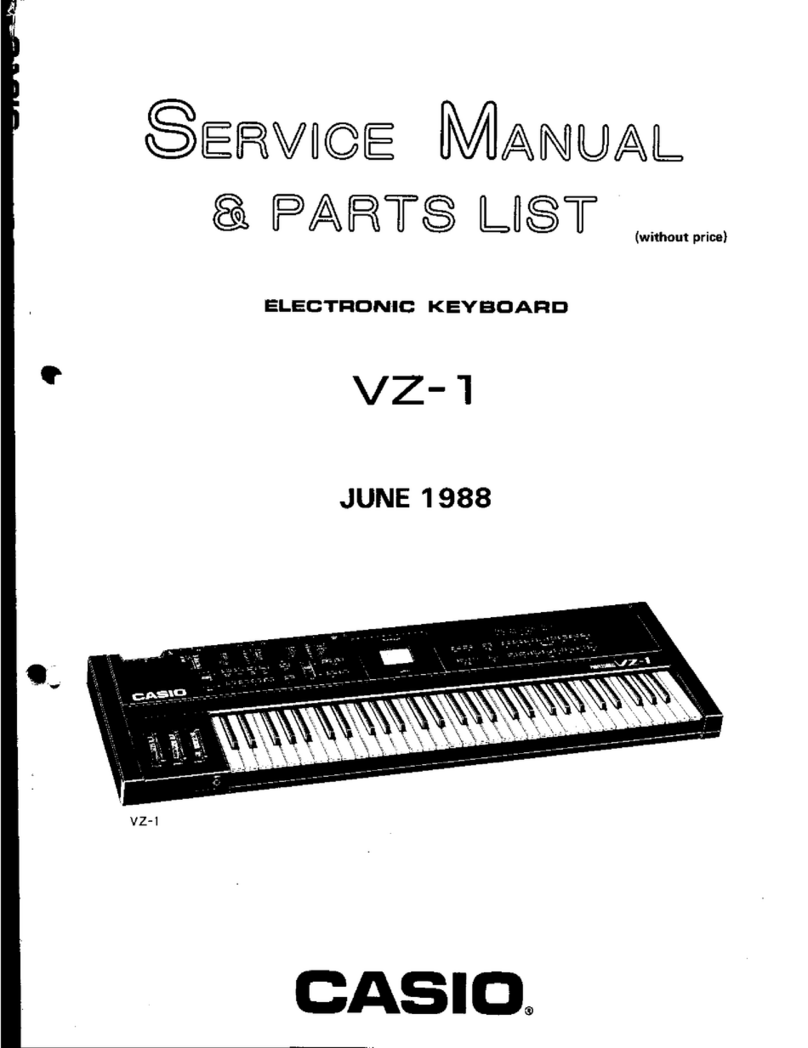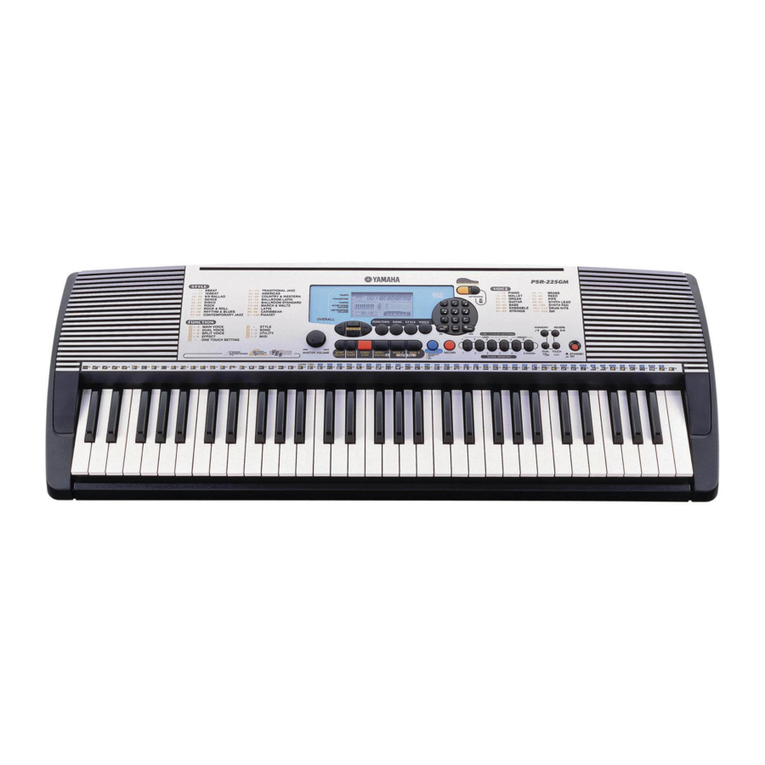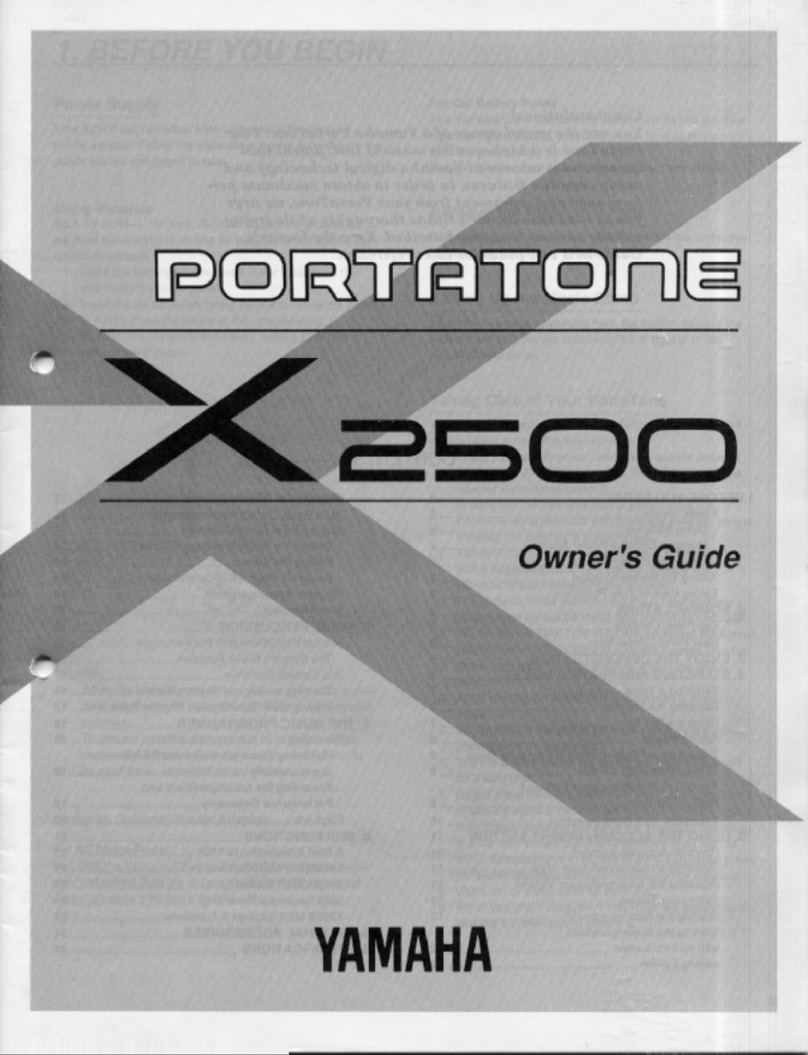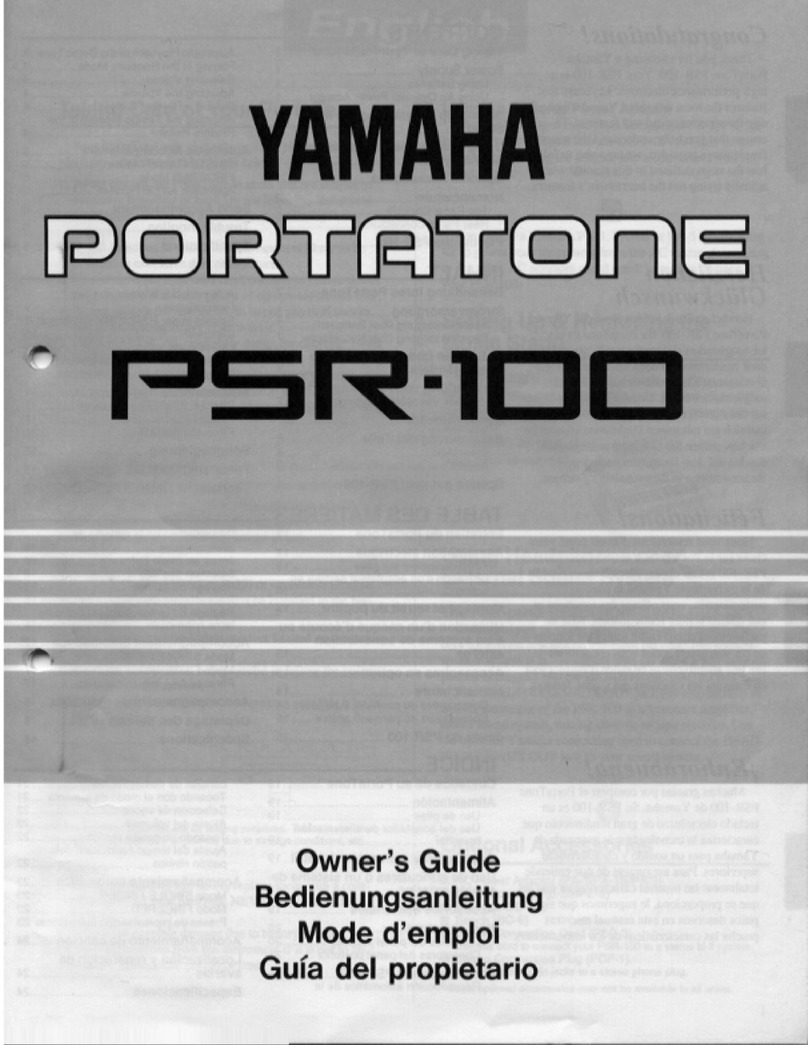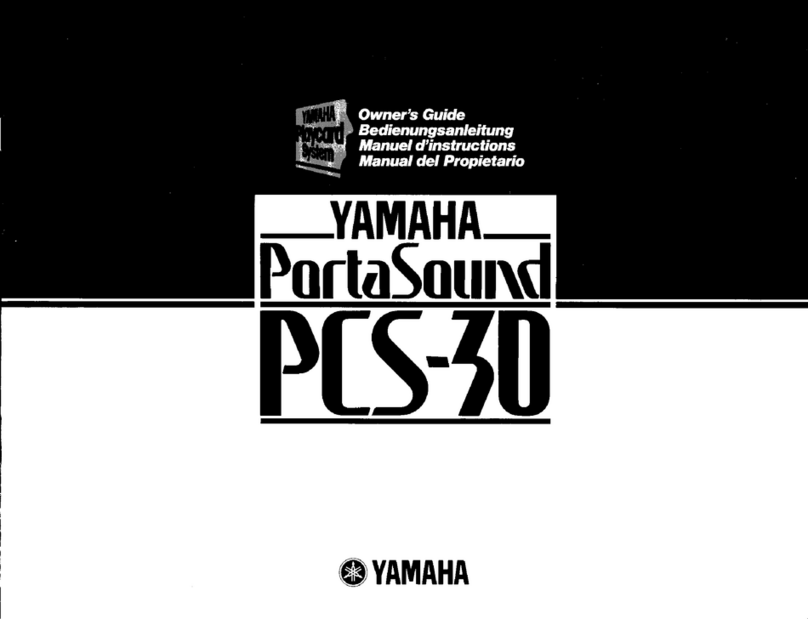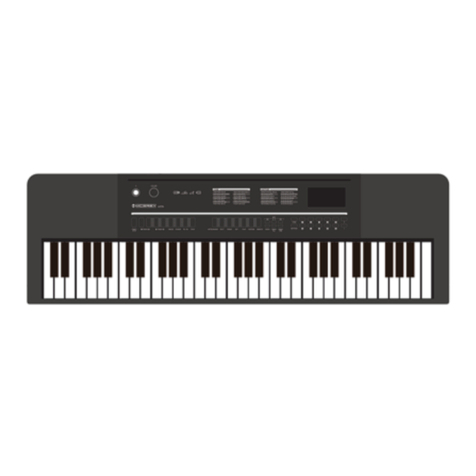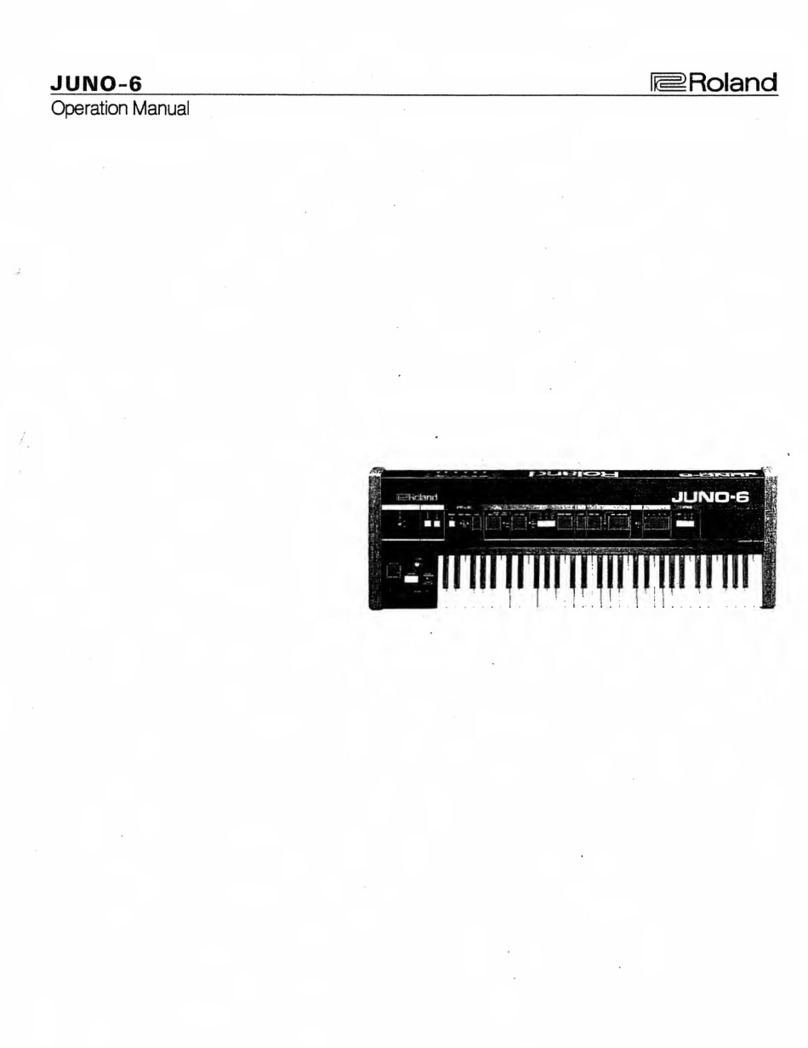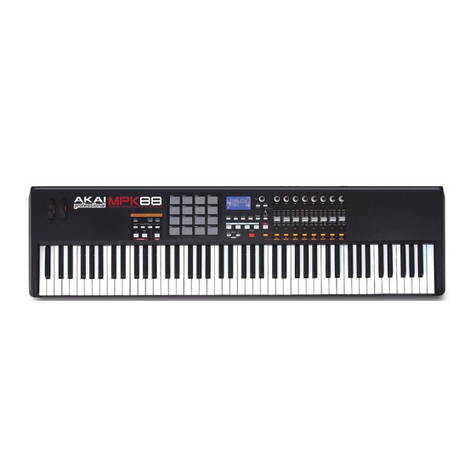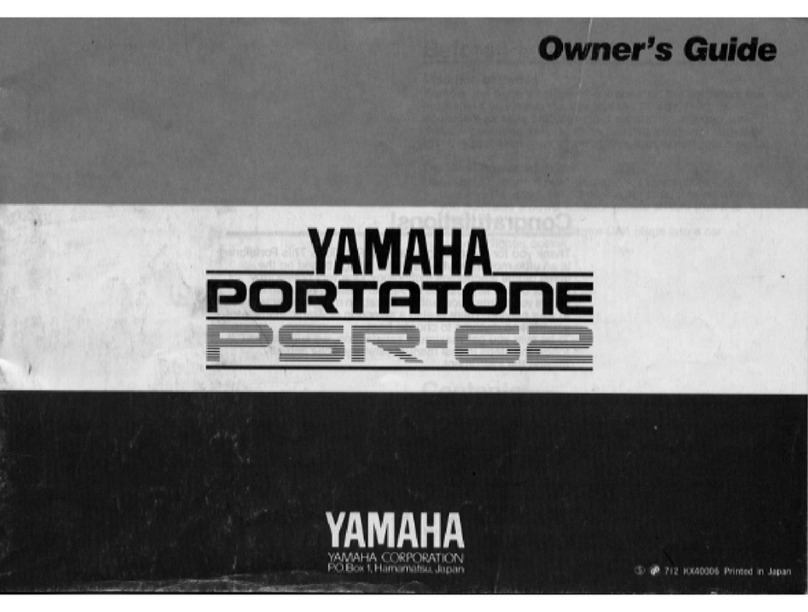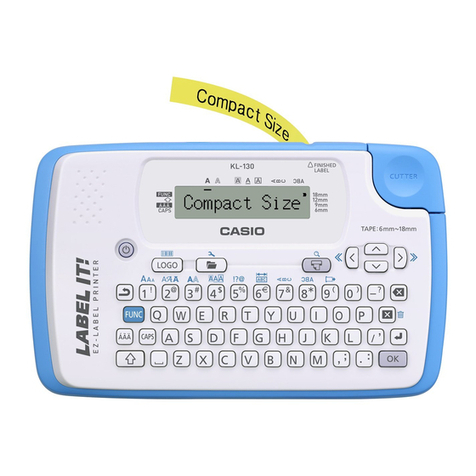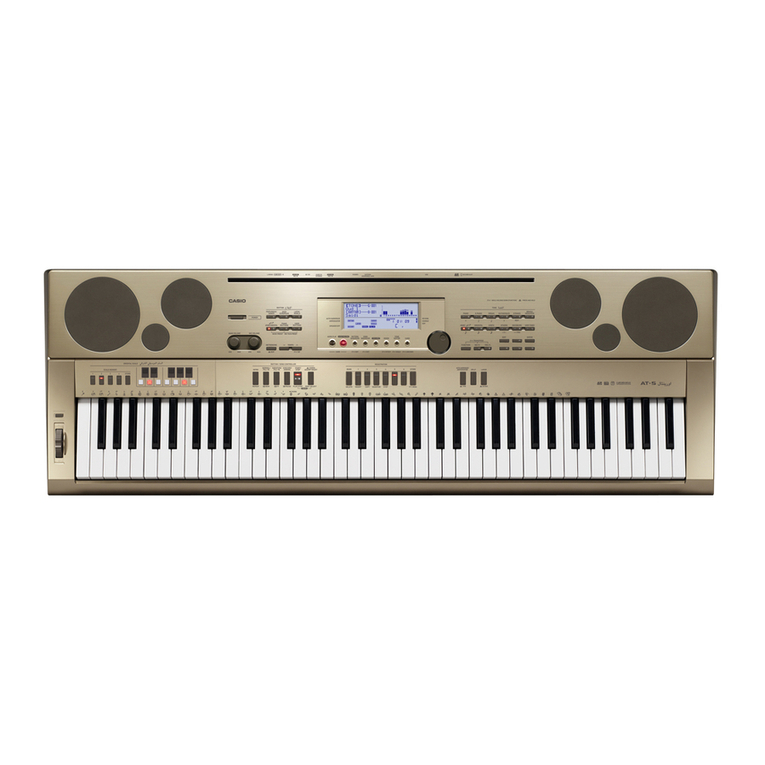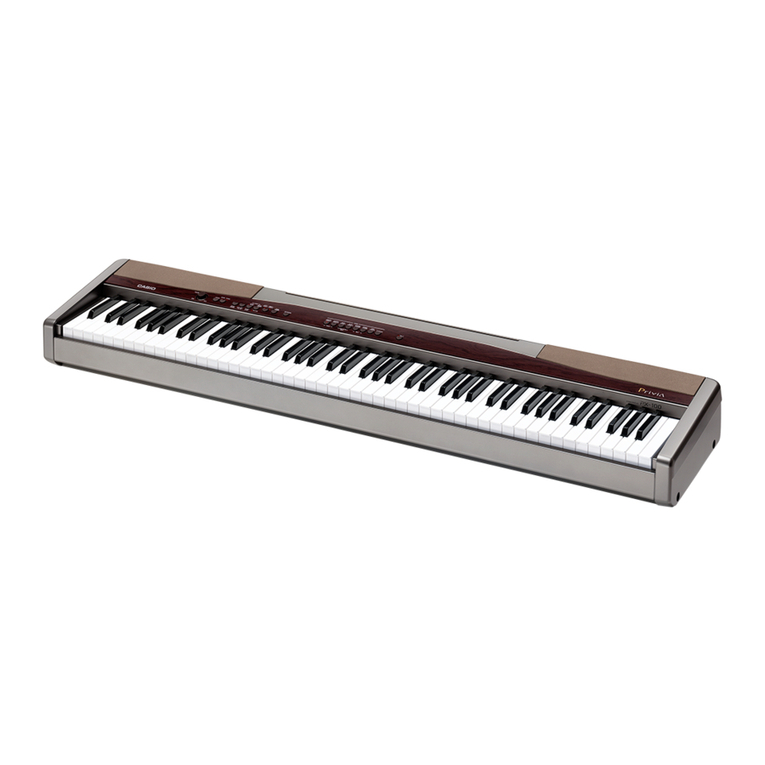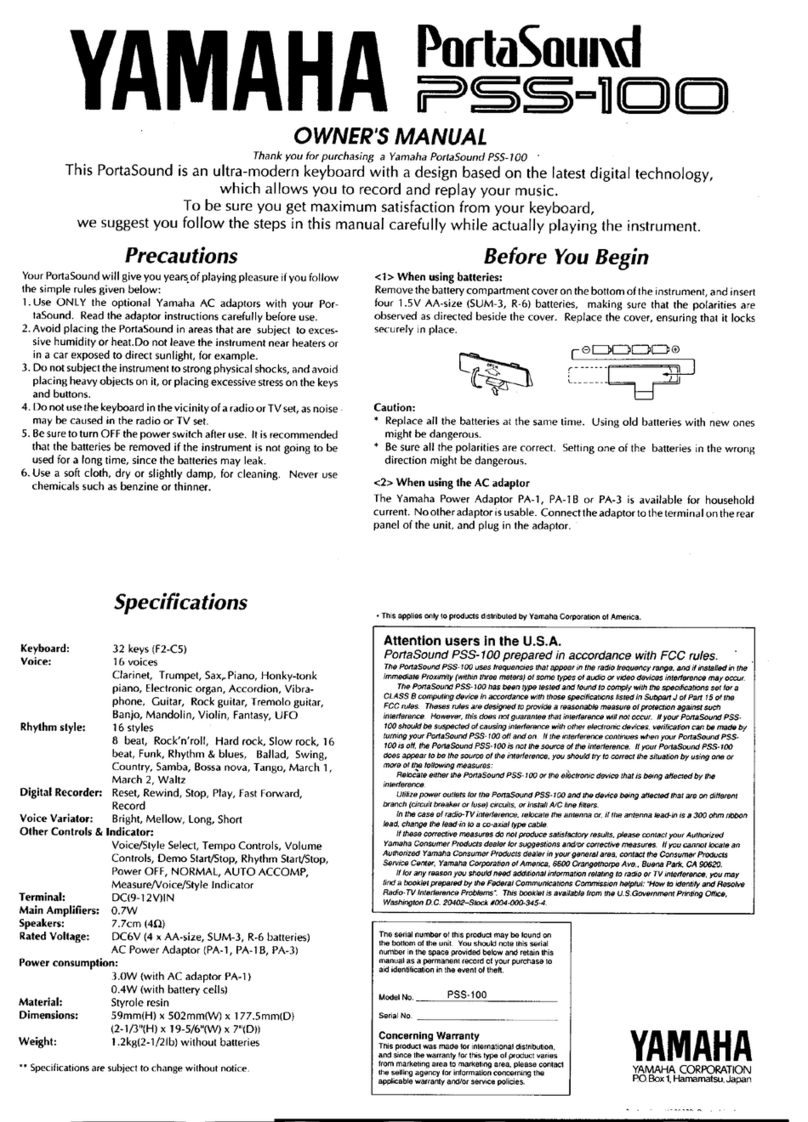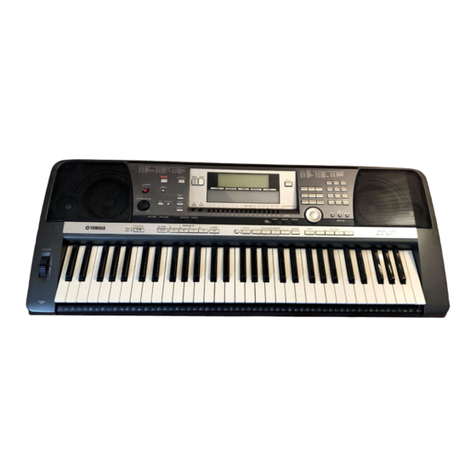7
Introduction
OPERATION IN THIS MODE .......................................................................59
MENU MODE ...........................................................................................60
HOW TO READ THE DISPLAY....................................................................60
OPERATION IN THIS MODE .......................................................................60
MENU AND THE CONTENTS .....................................................................61
FUNCTION MODE ..................................................................................62
HOW TO READ THE DISPLAY....................................................................62
OPERATION IN THESE MODES .................................................................62
SHORT CUT TO FUNCTION MODE ...................................................63
EXAMPLE OF OPERATION:.........................................................................63
REGISTER THE PAGES YOU FREQUENTLY USE..............................63
EXAMPLE OF OPERATION:.........................................................................63
PARAMETER OPERATION EXAMPLE:......................................................64
LOCKING THE DISPLAY ...............................................................................66
SETTING THE PARAMETERS ...67
DRAWBAR.................................................................................................68
LOWER & UPPER PARTS..................................................................................68
PEDAL PART .......................................................................................................69
PATCH.........................................................................................................70
PATCH NAME......................................................................................................70
PATCH LEVEL......................................................................................................70
PATCH RECALL...................................................................................................70
PATCH LOAD ......................................................................................................70
PRESET KEYS ......................................................................................................71
FAVORITE TABLE................................................................................................71
CONTROL..................................................................................................72
FOOT CONTROLLER.........................................................................................72
EXPRESSION.......................................................................................................73
GLIDE....................................................................................................................73
DAMPER...............................................................................................................74
SUSTAIN...............................................................................................................74
ASSIGN.................................................................................................................74
DRAWBARS.........................................................................................................74
DISPLAY ...............................................................................................................75
Column: EXPRESSION, LESLIE MODE ....................................................76
ACTIVATE EXPRESSION PEDAL ....................................................................76
TUNE ..........................................................................................................77
MASTER TUNE....................................................................................................77
PERCUSS (Percussion)..........................................................................78
VIB&CHO (Vibrato & Chorus).............................................................79
LESLIE.........................................................................................................80
CABINET NUMBER............................................................................................80
LESLIE PARAMETERS .......................................................................................80
EXTERNAL LESLIE SPEAKER ..........................................................................82
RECORD THE CUSTOM CABINET.............................................................82
TONEWHEEL (Custom Tone Wheels)...............................................83
RECORD THE CUSTOM TONE WHEELS..................................................85
CONTACT..................................................................................................86
SELECT CONTACT.............................................................................................86
CONDITION ........................................................................................................87
PHYSICAL CONTACT........................................................................................87
RECORD THE CUSTOM CONTACTS.........................................................88
Column: CONTACTS OF THE B-3/C-3 AND VIRTUAL CONTACTS..89
PED. REG (Pedal Registration Sub Drawbars) ..............................90
RECORD THE SUB DRAWBARS.................................................................91
AMP / EFF (Pre-Amplifier / Multi-Effects)......................................92
TUBE PRE-AMPLIFIER ......................................................................................92
MATCHING TRANSFORMER ..........................................................................92
OVERDRIVE.........................................................................................................92
MULTI-EFFECTS.................................................................................................93
EQUALIZ (Equalizer)........................................................................... 100
PATCH EQUALIZER ........................................................................................ 100
PATCH EQUALIZER AND MASTER EQUALIZER..................................... 100
REVERB ................................................................................................... 101
DEFAULT................................................................................................. 102
SYSTEM................................................................................................... 103
POWER .............................................................................................................. 103
USB..................................................................................................................... 103
PERIPHERAL DEVICE..................................................................................... 103
SOFTWARE VERSION .................................................................................... 103
Column: Tube without distortion?...................................................... 104
The tube circuits of 12AX7 and 12AU7 on this unit do not actively
distort. The so-called Clipping Distortion is made with the Over-
drive Effects.................................................................................................104
What is Non-linear Distortion?................................................................. 104
Sound Characteristics ................................................................................. 104
Difference Characteristics by Tubes....................................................... 104
Pre or post of the Expression....................................................................104
Influences to the Performance.................................................................104
MIDI/USB ...............................105
MIDI/USB ............................................................................................... 106
WHAT IS “MIDI”?.........................................................................................106
WHAT IS “USB”?.......................................................................................... 106
MIDI/USB JACKS ON THIS KEYBOARD................................................106
WHAT MIDI CAN DO ON THIS KEYBOARD........................................106
WHAT THE USB TO HOST CAN DO ON THIS KEYBOARD..............106
MAIN MIDI MESSAGE............................................................................... 107
CHANNEL MESSAGE..................................................................................... 107
SYSTEM MESSAGE......................................................................................... 107
MIDI STRUCTURE ................................................................................ 108
KEYBOARD CHANNELS ............................................................................... 108
EXTERNAL ZONE CHANNELS .................................................................... 108
EXPANDED KEYBOARDS ............................................................................. 108
USING AN EXTERNAL SEQUENCER............................................... 110
Recording a organ performance to an Sequencer/DAW................ 110
Sequencer playback..................................................................................... 110
Recording a performance to an computer DAW over USB............ 111
Recording a performance with using XLK-5, XPK-250 ....................111
USING A MIDI SYNTHESIZER........................................................... 112
BASIC HOOK UP......................................................................................... 112
RECORD AND PLAYBACK........................................................................ 113
Recording a performance to a sequencer/DAW................................ 113
Playback the performance ........................................................................113
Recording the performance including External Zones over USB 114
H-BUS...................................................................................................... 115
ZONES..................................................................................................... 116
WHAT IS DISPLAYED ON THE UPPER LEFT?.......................................... 116
INTERNAL ZONE ............................................................................................ 116
EXTERNAL ZONE............................................................................................ 116
MESSAGE ON/OFF ........................................................................................ 117
PANIC FUNCTION AND PARAMETER RE-LOAD ................................... 117
MIDI ......................................................................................................... 118
MIDI TEMPLATE .............................................................................................. 118
MASTER ............................................................................................................ 118
KEYBOARD CHANNEL.................................................................................. 119
SYSTEM EXCLUSIVE MESSAGE.................................................................. 119
